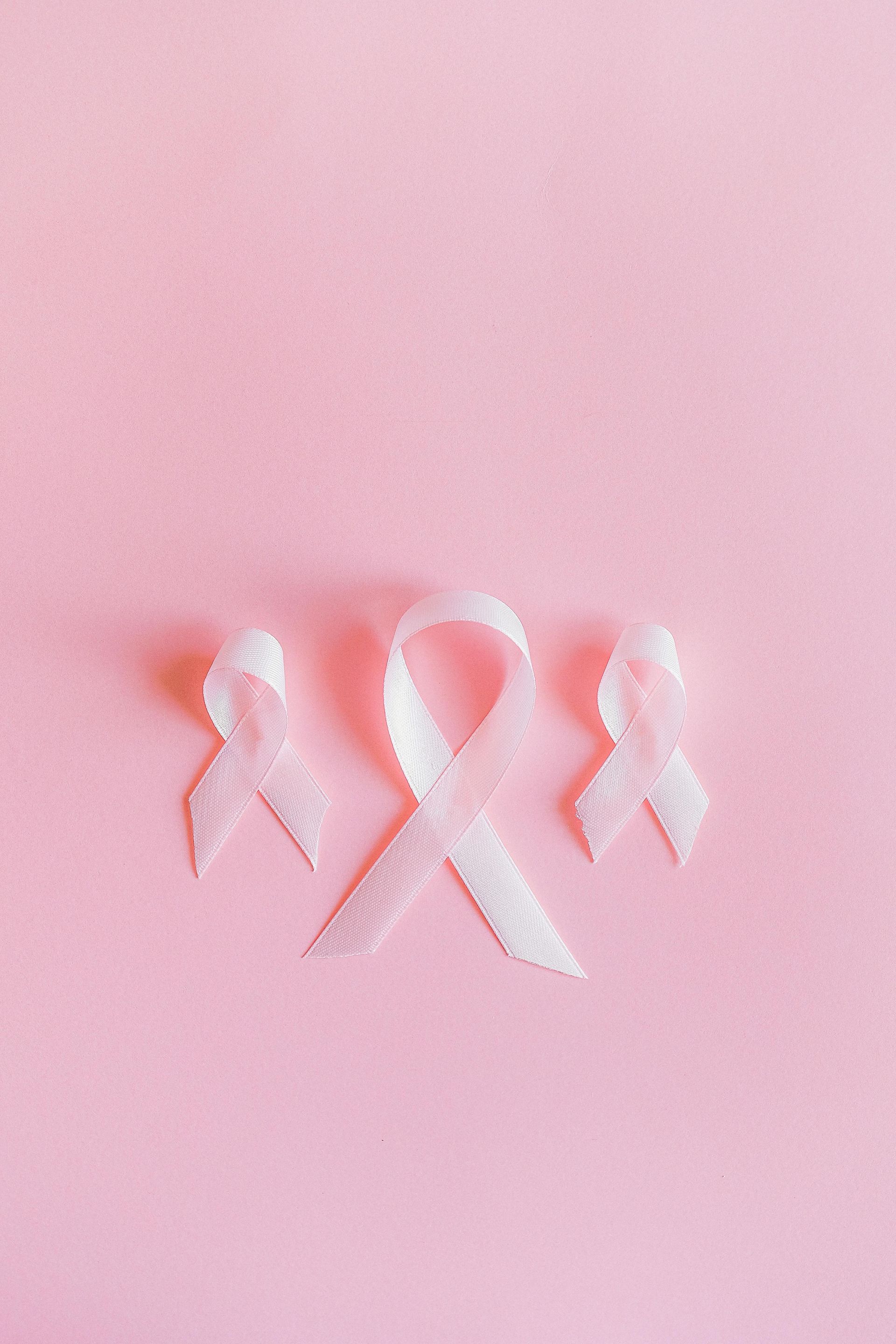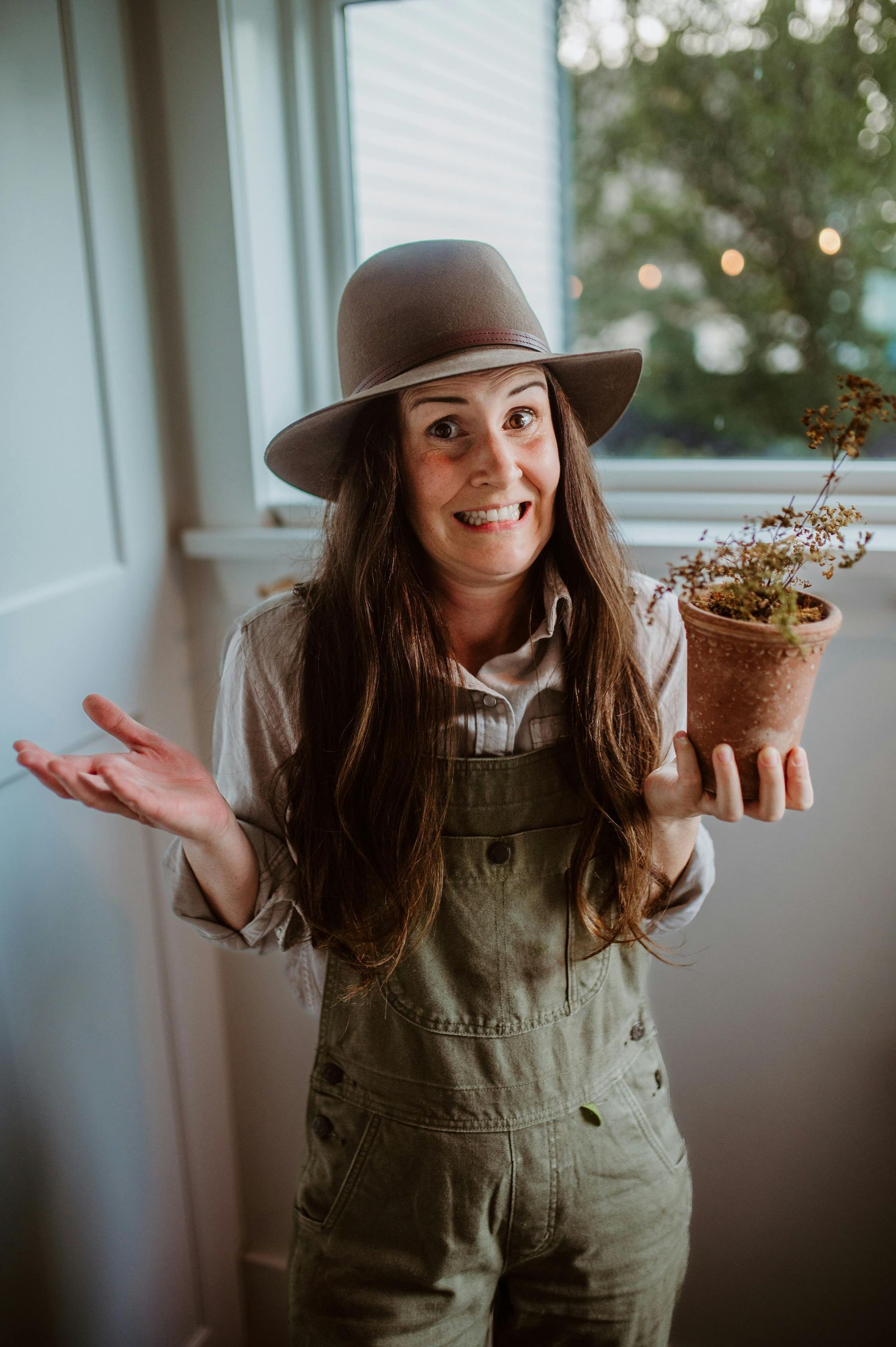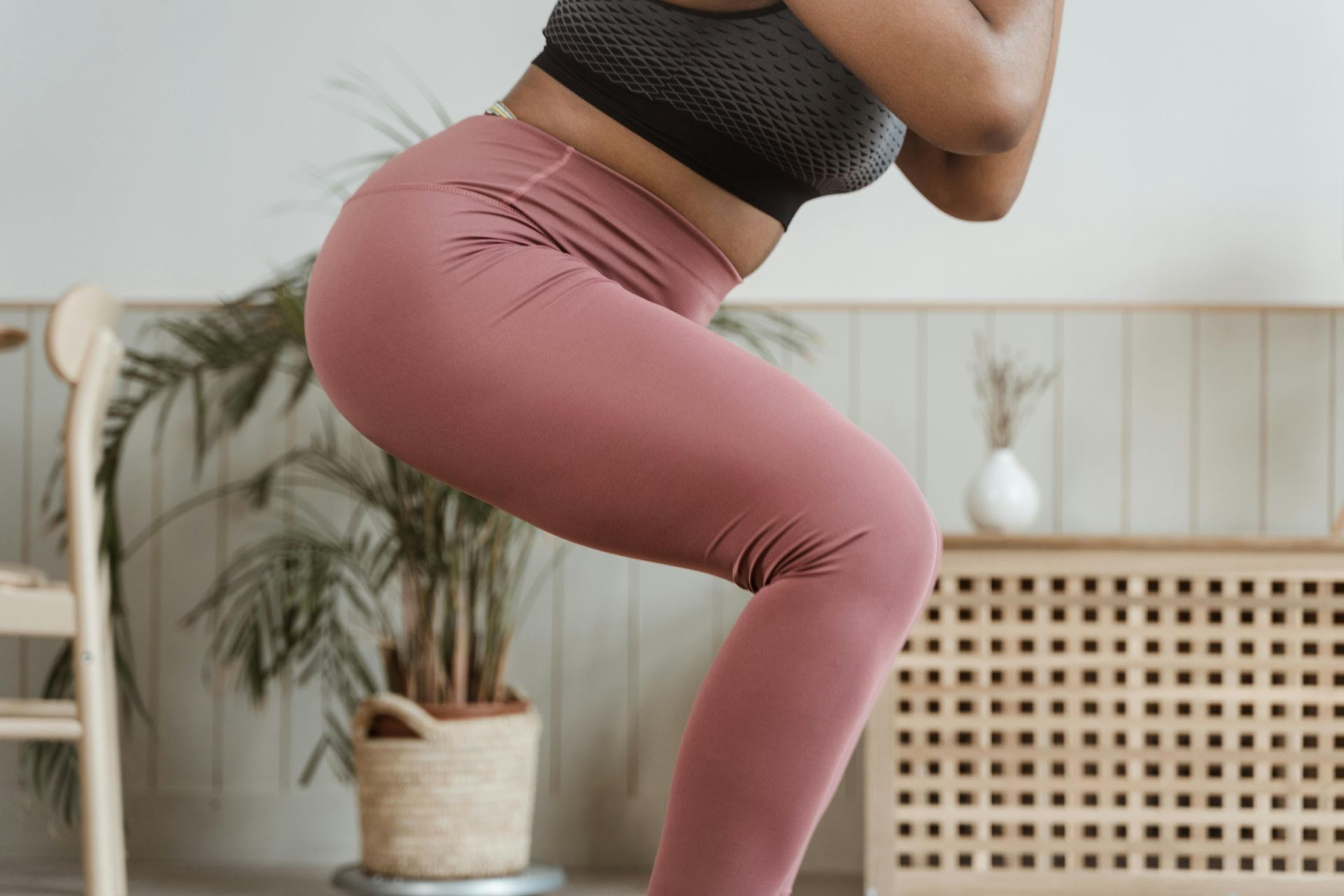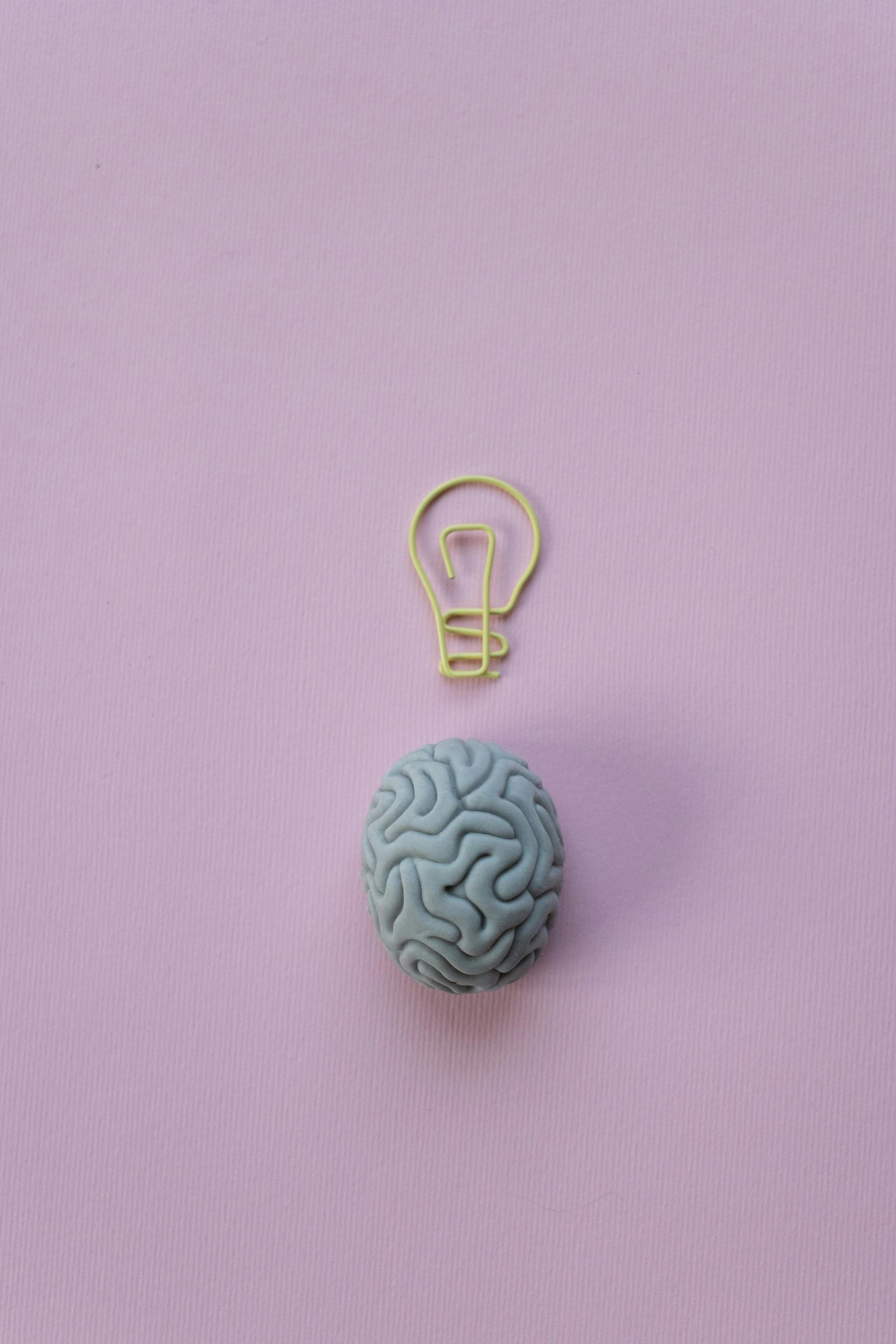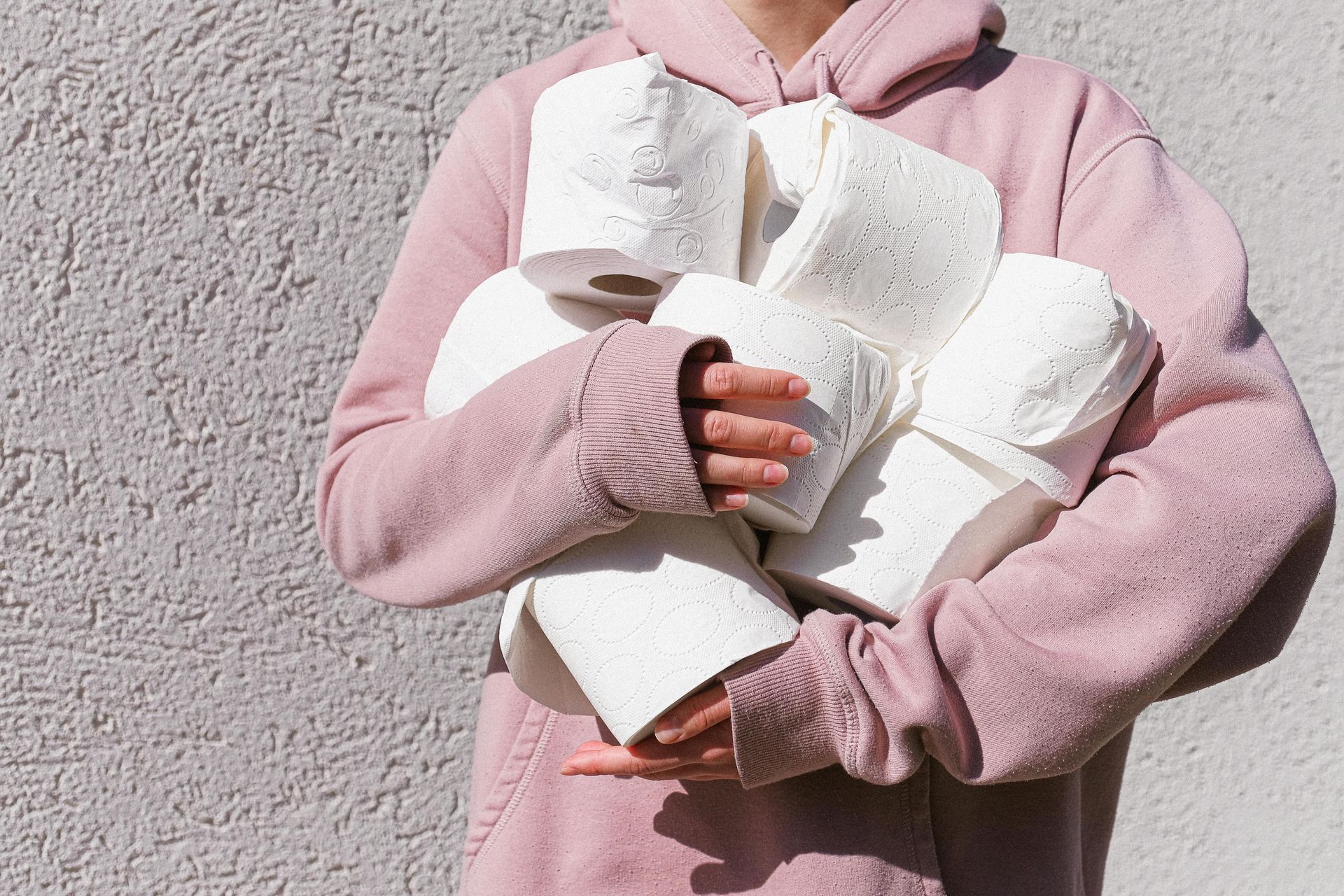How to get more rest without sleeping more
Because resting is revolution in a world that wants to keep you agitated!
Recently, I wrote about the effect that your rest/ digest nervous system (aka parasympathetic nervous system or PNS) has on your ability to move. You can read that here
And having received a few questions about other ways to get out of your fight/ flight (SNS) and into PNS, I wanted to share a few types of rest you can take any time of the day.
Physical Rest
Give your body time to recharge by:
- Intentional stillness. A good way to try this is to sit in an upright chair with your feet grounded on the floor. Make sure your back is supported.
What should you "do" while resting like this? Personally, I'd avoid scrolling or looking at the news. But other than that, it's up to you.
- Gentle movement. How about a stroll outside, or some stretches? Here's a link to a ten minute full body stretch
Social Rest
The type of rest you need depends a little on your personal energy type, as introverts and extroverts gain energy in different places.
For introverts' social rest might be taking time away from other people, while for extroverts' social rest might be spending time with and talking to other people.
Whichever bucket you fall into, a reminder that you get to choose who you spend time with and to set boundaries on your time.
And BTW, speaking as an introvert, there is nothing wrong with "powering down" and sitting quietly on your own for a while if your social battery's feeling a bit drained during an event.
Emotional Rest
A quick reminder that the news cycle and the algorithms on social media are designed to keep you in an emotionally charged state so you keep consuming them (and they can keep showing you ads).
Yes, there are lots of really horrible things going on in the world. But in the main, the people around you are just trying to do their best with the tools they have.
Things that you can do to help yourself include:
- Switching off the news and social media notifications on your phone.
- Forgiving others and trying not to hold grudges.
- Feeling your feelings. Recognising and naming your feelings, both the mental and physical sensations, helps you process them and let them pass more quickly.
Sensory Rest
This type of rest helps you reduce your reactivity to external stimuli.
- Sight: prioritise natural light, especially as the days start to shorten. Get outside, look at trees and water.
- Hearing: listen to the wind in the trees, water flowing and birds singing. Or try listening to binaural beats via
this link (use headphones). These are an illusion created by your brain when hearing different frequencies in each ear, that help to promote calm.
- Touch: wear comfy clothes that feel nice against your skin.
- Smell: inhale the smell of trees and earth while walking. Indoors, place a few drops of lavender oil on your pillow or cushion.
Mental Rest
Calm your mind by:
- Taking regular short breaks in your day for one of the other types of rest above 👆🏽👆🏽
- Journalling the clutter out. Or if journalling's not your thang, a full brain dump "to do list" is a good way to stop feeling like you have to remember all.the.things.
- Work out what "good enough" or "sure enough" are and let perfect get in the bin.
Creative Rest
This could be anything that sparks your creative juices and brings you to a "flow state" where you're fully absorbed and engaged in the activity.
Even if you don't see yourself as creative, there are lots of ways you can enjoy flow state:
- Playing sports or games
- Reading
- Solving puzzles or difficult problems
- Working on satisfying projects
- Gardening
And of course, flow state can be achieved via traditional creative activities like art, writing or making music.
Spiritual Rest
Seeking deeper purpose can help us feel less helpless in a world that seems full of random things we can't control.
- Spend time in meditation, prayer and quiet reflection
- Journal into clarity
- Volunteer in community.
Pick one to try today!
If I was to pick one thing to do today, I'd get outside for a gentle stroll somewhere with trees and water and enjoy the walk with all my senses.
But of course, we're all different, so why don't you pick one that appeals to you today and give your PNS a little boost!
